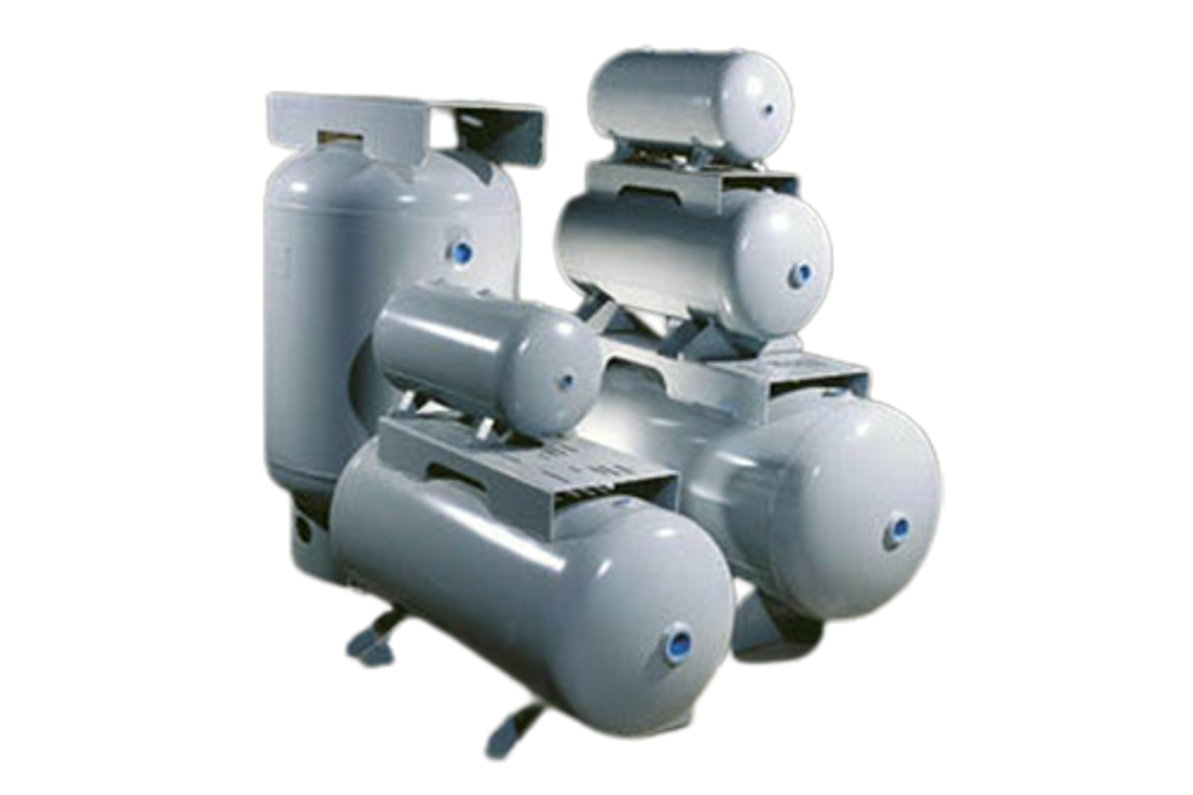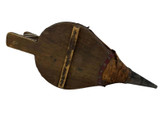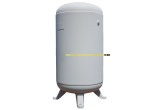How to Add an Air Tank to Your Compressed Air System
Installing a compressed air tank to your compressed air system can be a simple and cost effective way to improve the overall performance of your system. A compressed air tank, also known as an air receiver, is a pressure vessel that stores compressed air and helps to stabilize the system's air pressure. It also acts as a buffer, allowing the system to continue operating smoothly even when demand exceeds the air compressor's output. In this article, we will discuss how to properly install a compressed air tank to your system.
Before you begin the installation process, first determine the size and type of tank that will best suit your needs. The size of the air tank should be based on the volume of air your system uses, as well as the size of your air compressor. It's also important to choose a tank that is compatible with your system's maximum operating pressure.
Once you have selected the appropriate tank, the first step in the installation process is to determine the best location for the tank. The tank should be located as close as possible to the point of use, as this will help to minimize pressure drop and ensure that the compressed air system operates at maximum efficiency. It's also important to make sure the tank is properly supported and secure, as it will be under high pressure.
After you've chosen the location and moved the compressed air tank, you next need to install the tank's inlet and outlet connections. The inlet connection is where the compressed air will enter the tank, while the outlet connection is where the air will be drawn from when it is needed. It's important to use properly sized fittings and pipes to ensure that the system operates smoothly and efficiently.
Once the inlet and outlet connections are in place, you can attach the tank's safety valve and pressure gauge. The safety valve is a critical component that is designed to release excess pressure if the tank's maximum operating pressure is exceeded. The pressure gauge is used to monitor the tank's pressure so it remains within a safe operating range.
Lastly, you will need to install the tank's drain valve. The drain valve allows you to drain any moisture or contaminants that may accumulate in the air tank over time. It's important to drain the air receiver regularly so the system operates at maximum efficiency. The drain valve also helps prevent corrosion of the compressed air receiver tank and can drastically increase the life of the compressed air receiver.
Adding a compressed air tank to your compressed air system is a simple and guaranteed method to improve the overall performance. By choosing the right size and type of tank, determining the best location for the tank, installing the inlet and outlet connections, and attaching the safety valve and pressure gauge, you can ensure that your compressed air system operates smoothly and efficiently. Don't forget to drain the tank regularly to prevent corrosion and maintain the best possible performance.
Recent Posts
-
The Resurgence of Natural Gas Deliquescent Dryers and Desiccants in 2025
How emission-free deliquescent desiccant technology is paving the way for greener operations and low …Jan 06, 2025 -
The Origins and Evolution of Compressed Air Technology
Compressed air, often referred to as the "fourth utility" alongside water, electricity, and natural …Jun 28, 2024 -
Popular Sizes of Vertical Air Receiver Tanks
Sizing and deciding on the best air receiver tank for your compressed air application can be conf …May 05, 2024




